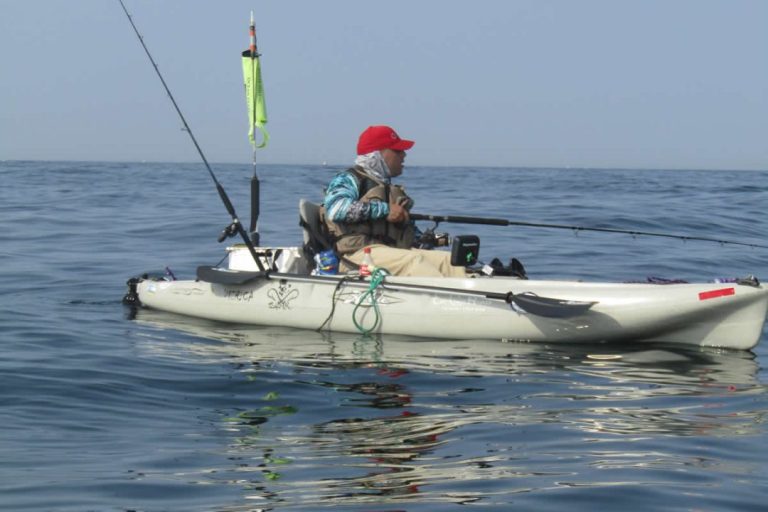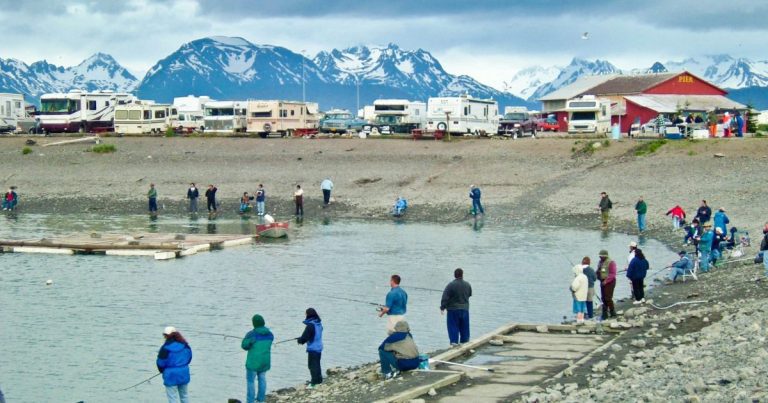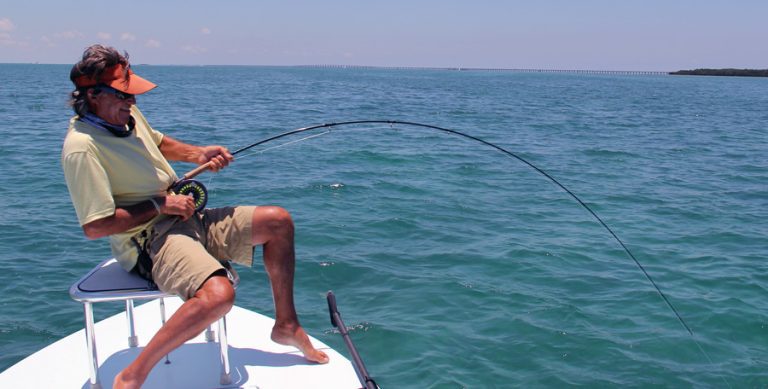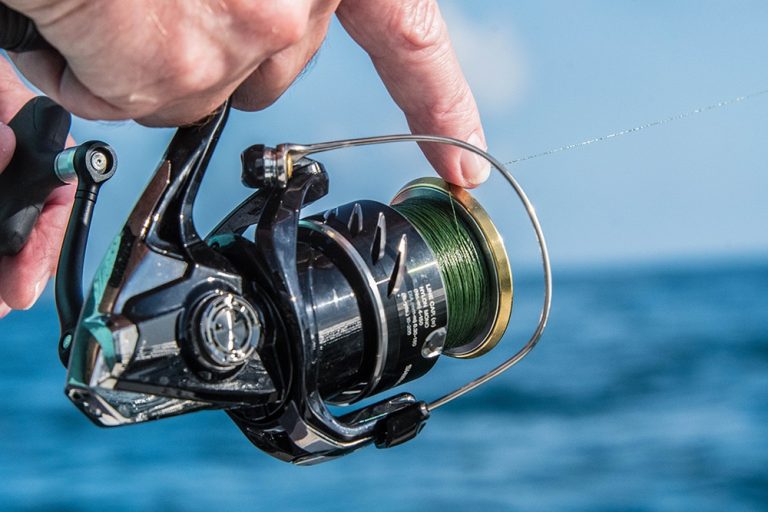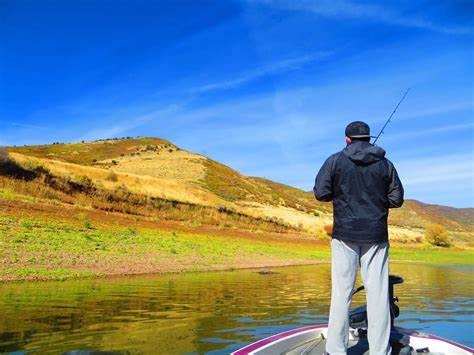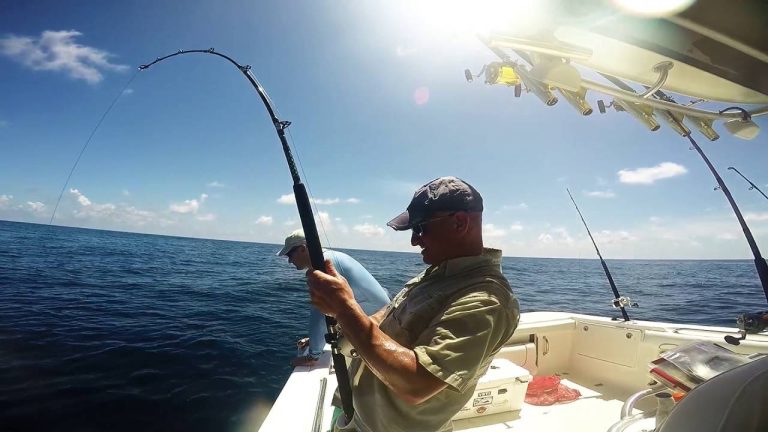The Colorado River Basin serves as a lifeline to over 40 million people across seven states—Arizona, California, Colorado, Nevada, New Mexico, Utah, and Wyoming. This intricate water system operates under one of the most complex legal frameworks in American natural resource management, often called the “Law of the River.” Understanding how water rights, licenses, and allocations function across these jurisdictions has become increasingly crucial as climate change and population growth strain this vital resource.
For stakeholders ranging from agricultural producers to municipal water managers, navigating the multi-state licensing system presents significant challenges. This comprehensive guide explores how the Colorado River’s water is allocated, the regulatory frameworks governing its use, and the evolving disputes that shape its management.
The Law of the River: Foundation of the Colorado River Licensing System
The allocation and management of Colorado River water is governed by a complex collection of agreements, federal laws, court decisions, and regulatory guidelines collectively known as the Law of the River. This framework establishes the rights and responsibilities of each state.
Key Components of the Law of the River:
- The 1922 Colorado River Compact – The cornerstone agreement that divided the basin into Upper Basin (Colorado, Wyoming, Utah, and New Mexico) and Lower Basin (Arizona, Nevada, and California) regions, allocating 7.5 million acre-feet annually to each basin.
- The 1948 Upper Colorado River Basin Compact – Distributes the Upper Basin’s share among its four states: Colorado (51.75%), Utah (23%), Wyoming (14%), and New Mexico (11.25%).
- The Boulder Canyon Project Act of 1928 – Authorized construction of Hoover Dam and established Lower Basin allocations: California (4.4 million acre-feet), Arizona (2.8 million acre-feet), and Nevada (300,000 acre-feet).
- The 1944 Mexican Water Treaty – Guarantees Mexico 1.5 million acre-feet annually.
- The 2007 Interim Guidelines – Established operating criteria for Lake Powell and Lake Mead during shortage conditions, set to expire in 2026.
- The 2019 Drought Contingency Plans (DCPs) – Additional voluntary conservation measures to prevent critical reservoir elevations.
Current Licensing Framework by Basin
| Basin Region | States | Annual Allocation | Key Management Authority | Current Status |
|---|---|---|---|---|
| Upper Basin | CO, WY, UT, NM | 7.5 million acre-feet | Upper Colorado River Commission | Has never used full allocation |
| Lower Basin | AZ, NV, CA | 7.5 million acre-feet | Bureau of Reclamation | Frequently exceeds allocation |
Water licenses in the Colorado River System are not just permissions to use water but complex legal instruments that reflect historical priorities, economic interests, and environmental obligations.
State-by-State Water Rights Overview
Each state has developed its own system for managing its Colorado River allocation, leading to significant differences in how water rights are administered.
Arizona
Arizona faces some of the most severe impacts under current shortage declarations. Under Tier 2a shortages implemented in 2023, Arizona’s allocation was reduced by 592,000 acre-feet, primarily affecting agricultural users in central Arizona.
The state operates under the Arizona Department of Water Resources (ADWR), which manages both Colorado River entitlements and groundwater resources in designated Active Management Areas (AMAs).
For recreational users interested in fishing Arizona’s waterways fed by the Colorado River system, information about fishing licenses can be found at US Fishing Licenses’ Arizona page.
California
As the holder of the largest allocation and most senior water rights, California’s 4.4 million acre-feet entitlement has historically been the most secure. The state follows a strict prior appropriation doctrine (“first in time, first in right”) administered through the California State Water Resources Control Board.
California’s Colorado River water primarily serves:
- Imperial Irrigation District (agricultural)
- Metropolitan Water District of Southern California (municipal)
- Coachella Valley Water District (agricultural and municipal)
- Palo Verde Irrigation District (agricultural)
Recreational anglers can find information about California fishing licenses at US Fishing Licenses’ California page.
Colorado
As the source of the river and holder of the largest Upper Basin allocation, Colorado administers water through the Colorado Division of Water Resources under a pure prior appropriation system. The state is entitled to 51.75% of the Upper Basin’s allocation.
For those interested in fishing Colorado’s river system, license information is available at US Fishing Licenses’ Colorado page.
Nevada
Despite having the smallest allocation (300,000 acre-feet), Nevada faces unique challenges as it relies on the Colorado River for 90% of Las Vegas’ water supply. The Southern Nevada Water Authority has implemented aggressive conservation programs, including the first-in-nation ban on decorative turf grass.
Nevada fishing licenses for recreational use of Colorado River waters can be found at US Fishing Licenses’ Nevada page.
New Mexico
New Mexico receives 11.25% of the Upper Basin allocation and manages these rights through the New Mexico Office of the State Engineer. The San Juan River, a tributary of the Colorado, provides most of New Mexico’s allocation.
Utah
With 23% of the Upper Basin allocation, Utah’s water rights are administered by the Utah Division of Water Rights. The state has been developing the controversial Lake Powell Pipeline project to deliver water to growing communities in southern Utah.
Information about fishing in Utah’s portion of the Colorado River system is available at US Fishing Licenses’ Utah page.
Wyoming
Wyoming holds 14% of the Upper Basin allocation and manages water rights through the Wyoming State Engineer’s Office. The state’s primary uses include agricultural irrigation in the Green River Basin.
Wyoming fishing license information can be accessed at US Fishing Licenses’ Wyoming page.
Current Challenges in the Colorado River Licensing System
Ongoing Drought and Climate Change
The Colorado River Basin has experienced a 23-year megadrought that has fundamentally altered water management perspectives. Recent studies indicate that climate change has reduced the river’s flow by approximately 20% since 2000 and could decrease it by up to 40% by 2050.
Key Impacts on Water Licenses:
- Mandatory shortages triggered under the 2007 Guidelines and 2019 DCPs
- Reduced hydropower generation affecting energy supplies
- Increased tensions between Upper and Lower Basin states over fulfilling compact obligations
The 2026 Deadline: Renegotiating Management Guidelines
The 2007 Interim Guidelines expire in 2026, creating an urgent need for new operating agreements. The Bureau of Reclamation is currently facilitating negotiations with all seven basin states to develop post-2026 guidelines while managing competing interests.
Current State Positions:
- Upper Basin states advocate for proportional reductions based on historical use
- Lower Basin states have proposed specific volumetric cuts
- California has offered to reduce its use by 400,000 acre-feet annually, smaller than Arizona’s proposed cuts
Tribal Water Rights and Environmental Concerns
Native American tribes hold rights to approximately 20% of the Colorado River’s water, many of which remain unquantified or undeveloped. As these rights become exercised, existing license holders may face additional reductions.
Environmental concerns include:
- Endangered species preservation in the Grand Canyon
- Salinity management throughout the system
- Ecosystem restoration in the Colorado River Delta
Navigating the Licensing System: Practical Guidance
For stakeholders navigating this complex system, understanding several key factors is essential.
Priority Systems and Curtailment Risk
Water rights in the Colorado River system follow different priority structures in each state, but generally adhere to the prior appropriation doctrine. This means older (senior) rights must be satisfied before junior rights receive water.
Assessing Curtailment Risk:
- Determine your water right’s priority date
- Identify your state’s shortage-sharing approach
- Understand basin-wide shortage declarations and their triggers
- Monitor reservoir levels at Lake Mead and Lake Powell
Water Banking and Conservation Programs
Innovative programs have emerged to provide flexibility within the rigid allocation system:
- Arizona Water Banking Authority – Stores unused Colorado River water underground for future use
- System Conservation Pilot Program – Pays water users to voluntarily reduce consumption
- Intentionally Created Surplus – Allows Lower Basin states to store conserved water in Lake Mead
Transferring and Leasing Water Rights
Water markets have developed within certain constraints, allowing transfers between willing buyers and sellers. These transactions must generally:
- Maintain the same beneficial use
- Stay within state boundaries unless through approved interstate agreements
- Receive approval from state water agencies and sometimes the Bureau of Reclamation
Future Outlook for Colorado River Management
The Colorado River Basin faces unprecedented challenges that will reshape water licensing across all seven states. Several key trends will likely influence the system’s evolution:
Climate Adaptation and Demand Management
As climate change continues to reduce available supply, demand management has become increasingly central to basin planning. The Upper Basin states have developed a Demand Management Program that could create a 500,000 acre-foot “insurance pool” in Lake Powell through voluntary, compensated conservation.
Infrastructure Investments
Major infrastructure projects are being considered to address system vulnerabilities:
- Bypass tubes at Glen Canyon Dam to maintain hydropower generation at lower reservoir levels
- Desalination facilities in California and possibly Mexico
- Water recycling initiatives, including the Metropolitan Water District’s Pure Water Southern California project
Shifting Toward Sustainable Allocation
Long-term solutions will likely involve fundamentally reconsidering how Colorado River water is allocated. Potential approaches include:
- Moving from fixed volumetric entitlements to percentage-based allocations
- Incorporating climate forecasting into annual operating plans
- Developing more sophisticated shortage-sharing arrangements
- Formally recognizing environmental flows as a beneficial use
Resources for Stakeholders
For those seeking to better navigate the Colorado River licensing system, several key resources provide essential information:
- Bureau of Reclamation Colorado River Basin Page – Federal oversight agency providing data and policy updates
- Colorado River Research Group – Independent academic experts analyzing basin issues
- State water agencies:
- Arizona Department of Water Resources
- California State Water Resources Control Board
- Colorado Division of Water Resources
- Nevada Division of Water Resources
- New Mexico Office of the State Engineer
- Utah Division of Water Rights
- Wyoming State Engineer’s Office
For recreational users interested in fishing the Colorado River system, comprehensive information about state-specific fishing licenses is available at US Fishing Licenses.
Conclusion
Navigating water licenses across the seven Colorado River Basin states requires understanding a century of legal development, current hydrological realities, and evolving interstate negotiations. As climate change continues to stress the system, stakeholders must remain informed about their rights and obligations under this complex framework.
The post-2026 management system will likely implement more stringent conservation requirements while potentially creating new opportunities for water sharing, trading, and cooperative management. Those who understand the system’s nuances will be best positioned to protect their interests while contributing to basin-wide sustainability.
By focusing on factual understanding of this complex system rather than advocating particular positions, stakeholders can better contribute to collaborative solutions that ensure the Colorado River continues to support the Southwest’s communities, economies, and ecosystems for generations to come.




